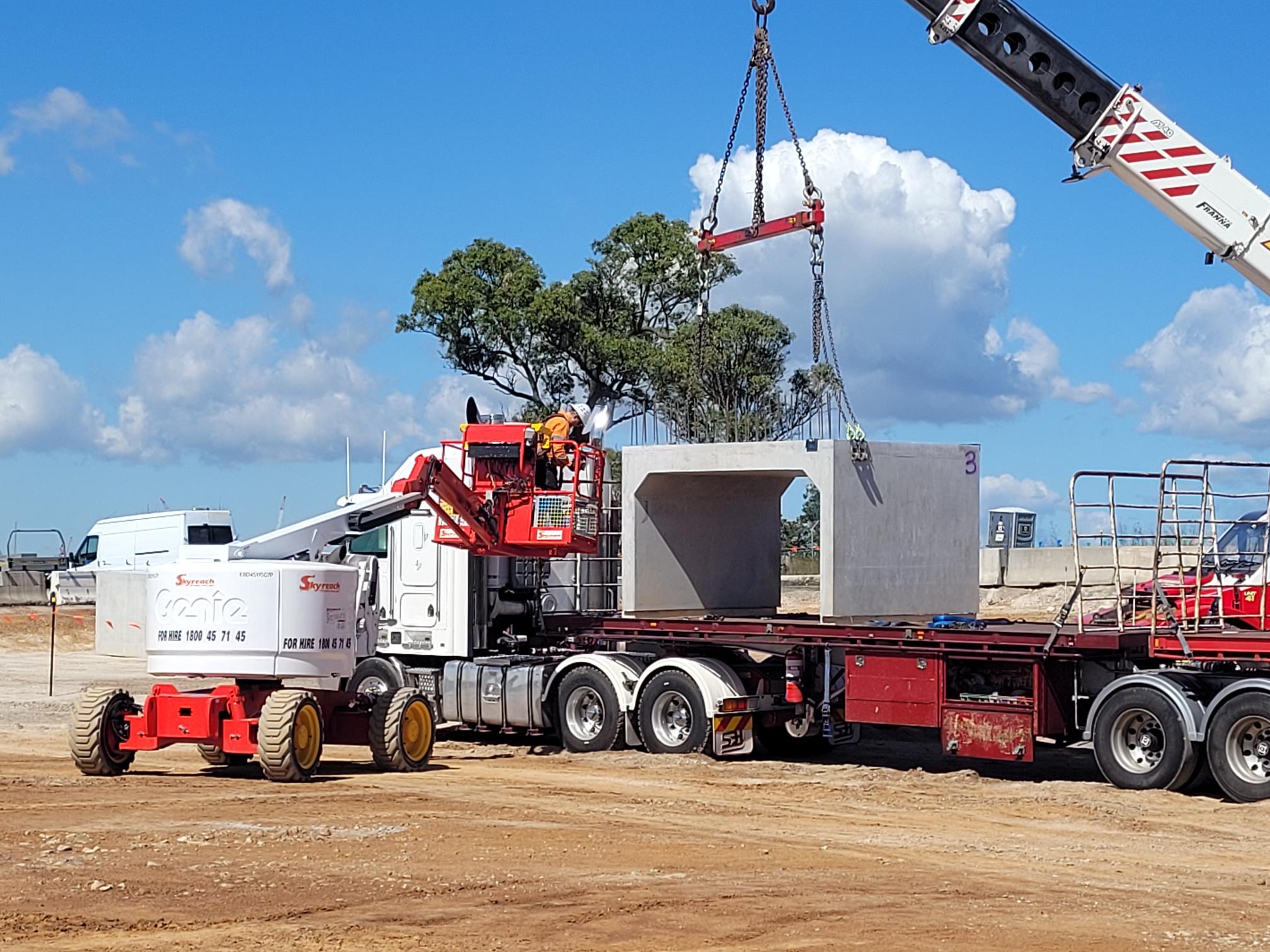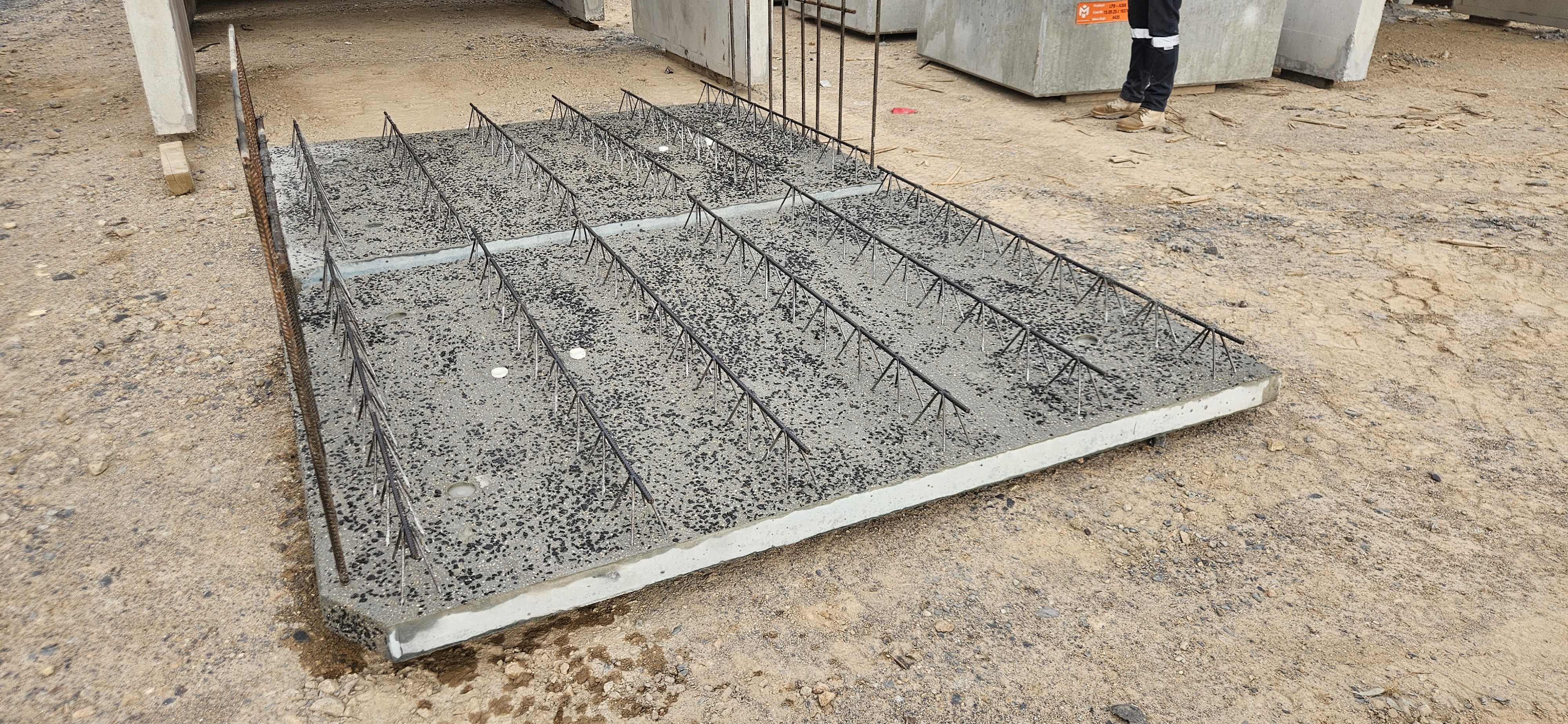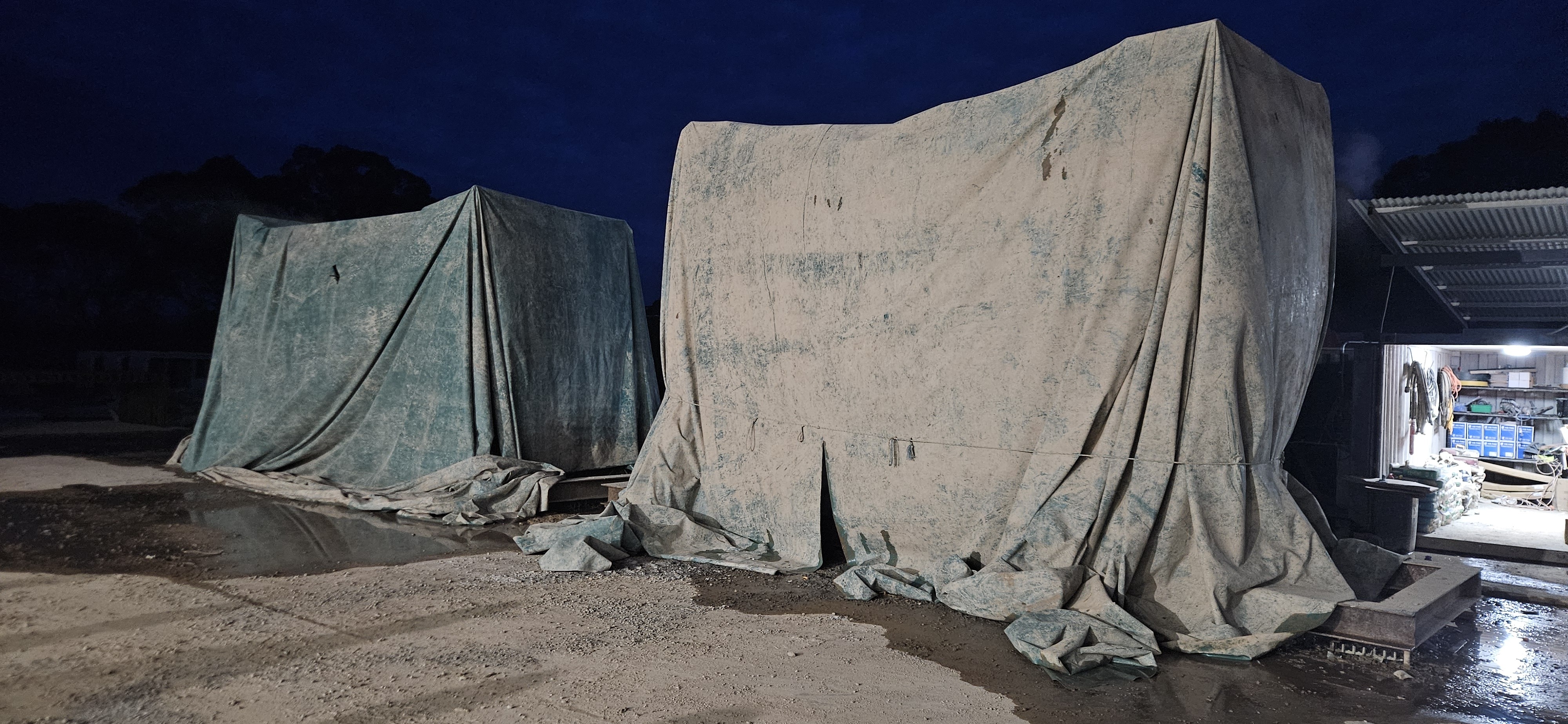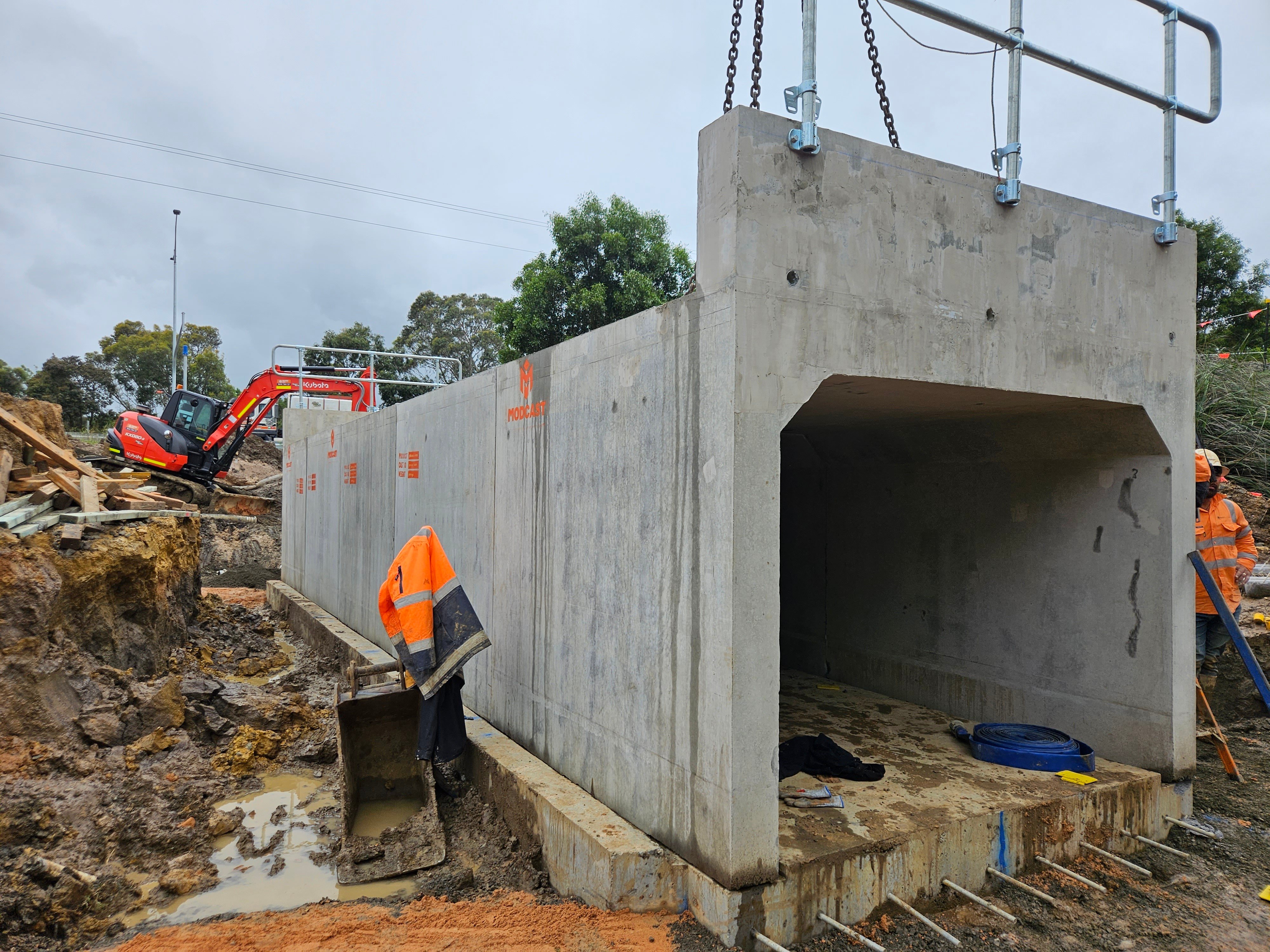Have you experienced delays in your project due to late delivery of culverts? Are you worried about the feasibility of the lead times promised by your supplier and how it may affect your project? Gain insights into the various factors that influence RCBC Culvert lead times and discover effective strategies to mitigate this risk in collaboration with your supplier.
Lead times for Box Culverts are influenced by several factors, many of which also impact the price. It is crucial to note these factors and their implications.
Award and Commercial
Contractors often face challenges in processing orders through procurement or negotiating contracts for larger projects. This can result in suppliers working with unrealistic award dates. To overcome this dilemma, it is essential to understand your internal procurement and approval processes, as well as the timeframes involved. On the supplier side, inquire if they can conduct preliminary reviews of contracts to expedite negotiations and if they can commit to any early works before the formal award. Most importantly, ensure that your supplier comprehends the realistic award date and has factored it into their promised lead times.
Stock versus Custom
Small, standard specification culverts may be readily available in stock, with lead times limited only by transport availability, unloading resources, and lay down areas. Conversely, large and custom culverts need to be manufactured on order, following the stages outlined below.
Engineering Design & Drawings
Structural design of precast components is necessary for large and custom culverts, including rail structures. This can range from simple modifications to existing designs to comprehensive layout drawings involving multiple precast components for complex structures. Design time can vary from 1 to 4 weeks. Consult your supplier to determine their design requirements, and if they can undertake any work prior to award.
Proof Engineering
Large, critical structures often require a secondary independent design review as per the specifications. This review is typically conducted by the client or can be carried out by the supplier. Familiarize yourself with the project specifications and confirm with your supplier if they have allocated time for proofing, if necessary.
Client Review & Approval
The process of reviewing and approving drawings and quality documentation can vary significantly depending on the project's complexity and stakeholder involvement. Reach out to your project principal to understand the review and approval process. Delays caused by extensive reviews can significantly impact project timelines. If the project involves multiple structures or stages, inquire if your supplier can stage the design and approvals to prioritize higher-priority structures.
Mould Commissioning and Raw Material Scheduling
Once the client approves the designs, the culvert manufacturer will schedule the work, starting with mould commissioning and raw material scheduling. The duration of this stage depends on the project's complexity, ranging from a simple one-day mould change to four weeks for constructing a custom project-specific mould. Raw materials can be scheduled in parallel with the moulds. Check with your supplier for any long-lead time materials that may affect the production start.
Casting
This stage involves the actual manufacturing of your culverts. The production process is largely determined by the number of moulds. Typically, one mould produces one element each working day. If moulds are commissioned in stages, there may be a ramp-up period. Request information from your supplier regarding the number of moulds they plan to use and the number of cycles they can produce each day.
Curing
Concrete strength develops over time through a process called curing. Precast elements must reach a specific strength before being transported to the site, usually 80% of the specified strength. For example, a 50Mpa mix needs to achieve 40Mpa. Without acceleration, this process can take 14 to 28 days, and it is crucial to account for this in lead times. Many manufacturers utilize accelerated curing methods, such as steam, to expedite the process, to sometimes as little as 7 days. Discuss with your supplier how they intend to cure your elements and the time allocated from casting to delivery. Note that curing affects each unit individually, so elements cast earlier in the program will be available for delivery before the final castings. This aligns well with staged installation for large projects.
Delivery
Once your elements are ready for delivery, several factors can cause delays. Availability of trucks and load-out slots at the manufacturer can impact delivery. Consider factors from your end, such as the required laydown space, truck access, unloading equipment, and weather conditions. For complex projects, plan ahead and collaborate closely with your supplier to avoid delays. Ensure that your supplier has a dedicated logistics contact who will maintain regular communication with your project managers, site teams, and delivery drivers.
Delays
Occasionally, production at your supplier's facility may be delayed due to external factors such as inclement weather, defective materials, or unforeseen resource constraints. Inquire about the contingencies your supplier has in place for these factors and how they will communicate any issues during the project.
In summary, culvert lead times are influenced by numerous complex factors. It is crucial to have complete confidence in your supplier and maintain regular communication. Use the following handy check list to evaluate your supplier and program risk for your next culvert project.
Project Lead Times |
Check | ||
| 1 |
Understand Upfront |
||
|
Check off the following items with your supplier |
|||
|
a) |
Award & Commercial |
||
|
|||
|
- How long have they allowed for commercial negotiations? |
|||
|
b) |
Engineering Design |
||
|
- What design process is required? |
|||
|
- How long will design take? |
|||
|
c) |
Client Review |
||
|
- Do you and the client understand the time required for client reviews and approval? |
|||
|
d) |
Mould Commissioning |
||
|
- How long will the supplier need to commission moulds for your project? |
|||
|
e) |
Curing |
||
|
- What curing methods will your supplier use? |
|||
|
- How long will curing take till delivery? |
|||
|
- Can you gain dispensation from the principal for earlier transporting? |
|||
|
f) |
Delivery |
||
|
- What delivery staging and arrangements is your supplier allowing for? |
|||
|
- Does your supplier understand any site and access constraints on your project? |
|||
|
- Does your supplier have a dedicated logistics resource to coordinate complex delivery programs? |
|||
| 2 |
Written Program |
||
|
- Will your supplier provide a detailed program showing their estimated times and allowances for each stage above? |
|||
| 3 |
Program Meetings |
||
|
- Will your supplier commit to a weekly meeting to track progress and discuss any issues throughout the project? |
|||
Find out today how Modcast can handle all this for your next project, including our renown draft production programs.






